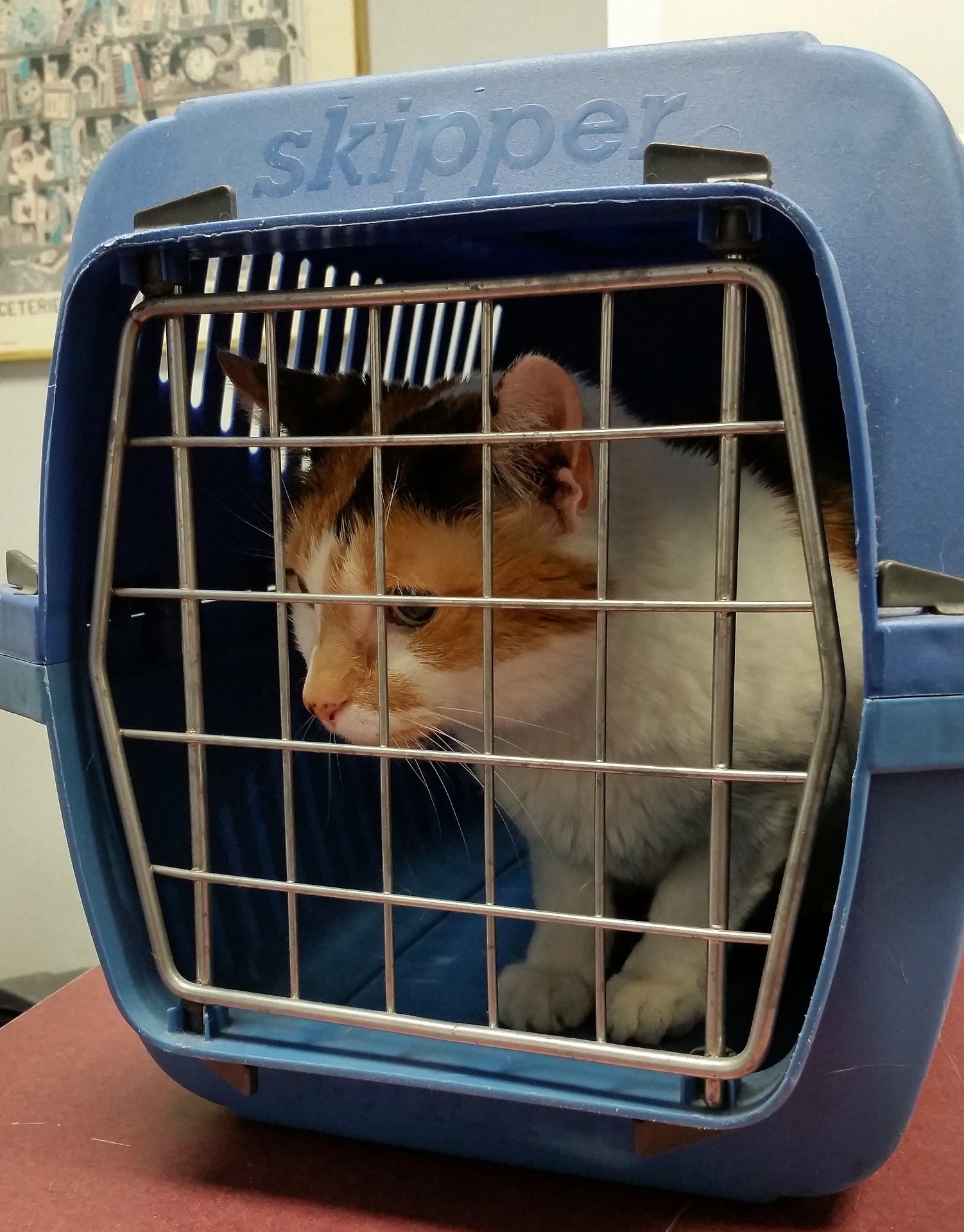Whether you're relocating or considering taking your pet on vacation with you, flying with pets presents interesting challenges.
First, you're probably concerned with how your dog or cat will handle it. Then there are the questions for what type of paperwork you need, what type of airline-approved pet carrier is necessary, and whether your pet travel in the cabin with you. And wait, does your dog or cat need his own plane ticket?
While the specific details on flying with pets vary from airline to airline, we’ll cover the most common questions here.
Initial Planning
We've found that when it comes to pet policies, airlines change these frequently, so you'll want to contact the airline you're considering. We recommend calling them prior to booking your ticket to help avoid any surprises. For example, their published policies may say they allow multiple pets in the cabin, but that is not always the case. It may depend on the flight duration and destination. Also, you may not be the first person to inquire about bringing a pet on that flight, so they may have already reached their maximum number. There are countless factors that can affect individual flights.
That said, people fly with pets every day all over the world, so let’s look at some of the typical questions.
Can your pet fly in the cabin with you? Do you need a special type of pet carrier? Should you give a sedative to your dog or cat? Do you need special paperwork?
Let’s dive in. First things first, how big is your pet?
Size Matters
Every airline has a weight policy when it comes to animals in the cabin. With most airlines only allowing pets under 20 pounds in the passenger cabin, (exceptions are made for service animals) that can leave you in a quandary when it comes your Golden Retriever.
If you have a dog or cat who is within the weight limit for in-cabin travel, then you’ll want to consider if your pet carrier will fit under a typical airline seat. Pettravel.com shares some considerations for airline carrier requirements. Your pet needs to be able to stand up and turn around within the carrier, so keep that in mind if you need to buy a new one.
If Your Pet Must Fly Cargo
If you have a larger pet who isn’t allowed in the cabin with you, then you’ll have additional considerations, including the time of year you’ll be flying. The seasonal temperature may require you to find another means of transportation. From the Transportation.gov website, “Animals may not be exposed to temperatures less than 45*F unless they are accompanied by a certificate signed by a veterinarian stating that they are acclimated to lower temperatures.”
Airlines will have restrictions in hotter weather, too.
If you're flying internationally, you'll want to be aware that some countries have quarantine restrictions and require all animals to enter as cargo. The United Kingdom and many islands fit into this category.
Another consideration is snub-nosed pets such as pugs and bulldogs. According to the American Veterinary Medical Association, "In July 2010, the U.S. Department of Transportation released statistics that showed short-nosed breeds of dogs—such as pugs, Boston Terriers, boxers, some mastiffs, Pekingese, Lhasa Apsos, Shih Tzus and bulldogs—are more likely to die on airplanes than dogs with normal-length muzzles." As a result, many airlines won't allow these dogs on their flights.
Immunizations and Health Records
You'll need to show proof that your dog or cat is up to date on immunizations and healthy. Required documentation can range from a signed letter from your veterinarian stating that your pet has been examined within 10 days of your trip and is in good health, to a formal health certificate outlining vaccines and tests performed on a specific timeline. The USDA website can offer some guidance, and if you're traveling internationally, it can be helpful to contact that country's embassy.
Your veterinarian may recommend a sedative for your pet to ease your pet's stress level. That would be part of the conversation during the examination for the signed letter or health certificate.
 What About a Plane Ticket?
What About a Plane Ticket?
Yes, you'll have to buy your pet a ticket. It won't necessarily be the same ticket plus boarding pass that you'll use, but there are various fees based on where and how your pet will ride on the aircraft.
As you can see, there are several steps you'll want to be aware of when it comes to flying with your pets. We recommend starting with calling the airline you have in mind to get their most current pet policy. Then, contact us to get started on the needed exams and paperwork.
Safe travels!
